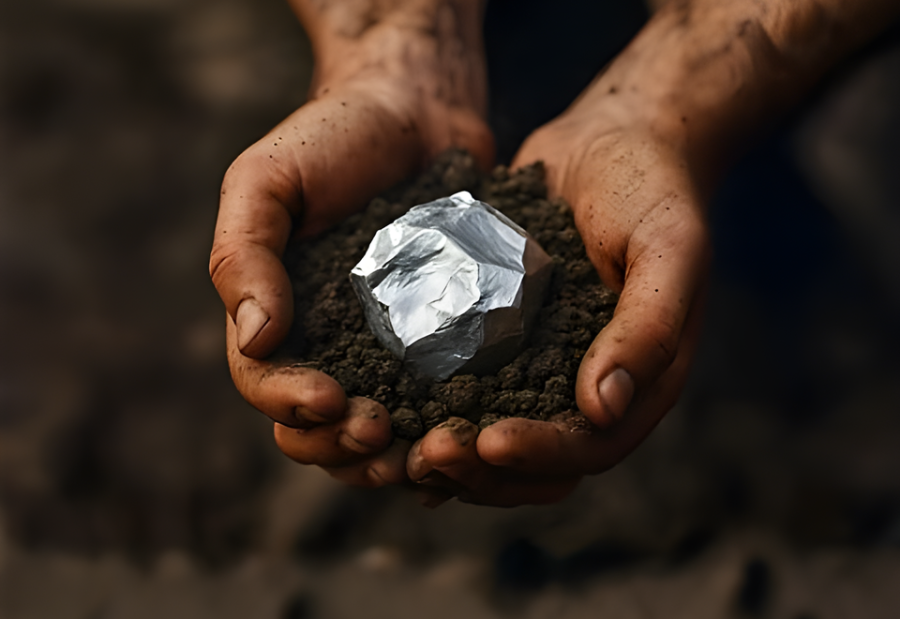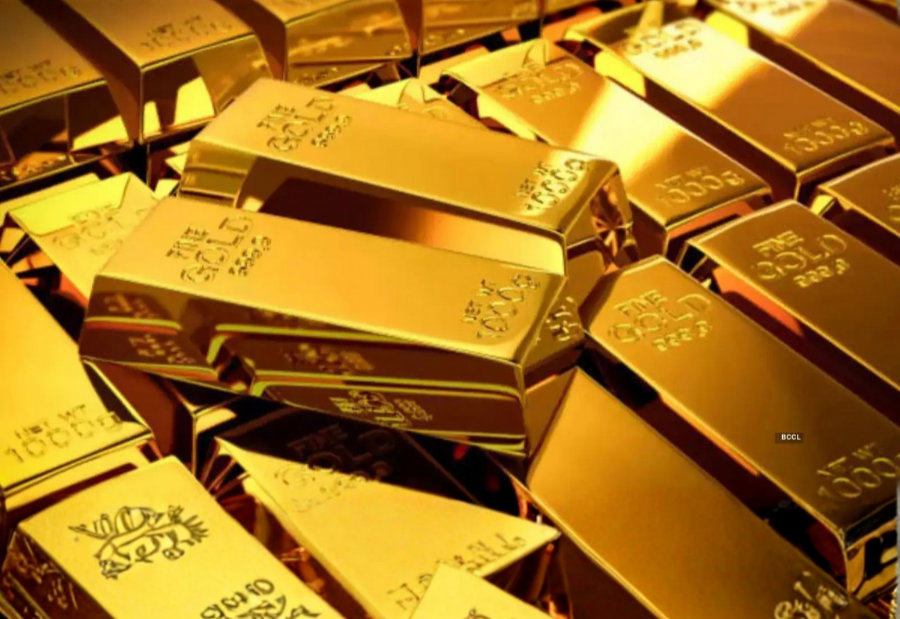The Indian government has announced a Rs 1,500 crore incentive scheme to promote critical mineral recycling, aiming to secure the country’s supply of essential minerals, encourage innovation, and support startups.
The Ministry of Mines released detailed guidelines for the Critical Mineral Recycling Incentive Scheme on September 8, 2025, under the National Critical Minerals Mission. The scheme targets the recovery of valuable minerals from waste such as e-waste, spent lithium-ion batteries, permanent magnets, catalytic converters, and alloy scraps. Key minerals include lithium, cobalt, nickel, rare earth elements, and platinum group metals in scheme.
Beneficiaries are divided into two groups based on annual global manufacturing revenue. Group A includes large recyclers with revenue above Rs 200 crore, requiring a minimum investment of Rs 100 crore and facilities with a capacity of 10,000 tonnes per year. Group B covers smaller recyclers and startups with revenue below Rs 200 crore, requiring at least Rs 25 crore investment and 5,000 tonnes capacity.
The scheme’s total outlay of Rs 1,485 crore is allocated as follows: Rs 700 crore for lithium-ion battery recycling, Rs 650 crore for e-waste, and Rs 135 crore for other waste streams. Group A can receive up to Rs 990 crore in incentives, while Group B will get Rs 495 crore, with flexibility to reallocate unused funds.
Incentives are provided as capital expenditure (Capex) subsidies and operational expenditure (Opex) support. Capex subsidies range from 14% to 20% depending on how quickly projects begin production after environmental clearance. Opex support is tied to incremental sales, with 40% released in year two and 60% in year five. Group A must achieve sales of Rs 60 crore in year two and Rs 150 crore in year five, while Group B must reach Rs 30 crore and Rs 75 crore respectively. Incentives are capped at Rs 50 crore for Group A and Rs 25 crore for Group B.
The scheme is designed to strengthen India’s position as a hub for sustainable recycling technologies, reduce import dependence, and support clean energy, electric mobility, electronics, and advanced manufacturing industries. By promoting recovery of minerals from secondary sources, the government aims to build a circular economy for high-value materials.
Also read: Viksit Workforce for a Viksit Bharat
Do Follow: The Mainstream formerly known as CIO News LinkedIn Account | The Mainstream formerly known as CIO News Facebook | The Mainstream formerly known as CIO News Youtube | The Mainstream formerly known as CIO News Twitter |The Mainstream formerly known as CIO News Whatsapp Channel | The Mainstream formerly known as CIO News Instagram
About us:
The Mainstream formerly known as CIO News is a premier platform dedicated to delivering latest news, updates, and insights from the tech industry. With its strong foundation of intellectual property and thought leadership, the platform is well-positioned to stay ahead of the curve and lead conversations about how technology shapes our world. From its early days as CIO News to its rebranding as The Mainstream on November 28, 2024, it has been expanding its global reach, targeting key markets in the Middle East & Africa, ASEAN, the USA, and the UK. The Mainstream is a vision to put technology at the center of every conversation, inspiring professionals and organizations to embrace the future of tech.




